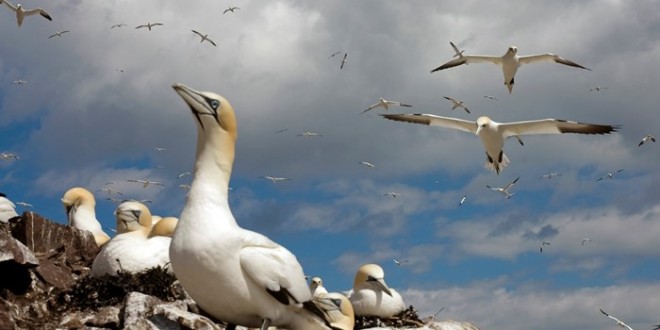Ninety percent of seabirds have accidentally eaten plastic, and by the middle of this century it will almost impossible to find any that haven’t, scientists are predicting.
The report Monday in the Proceedings of the National Academy of Sciences said less than five percent of seabirds were carrying plastic in their bodies in the early 1960s, just after a boom in industrial plastic manufacturing.
The researchers say they found all sorts of plastic items inside seabirds, including balloons, glowsticks, cigarette lighters, model cars and toys.
They said albatross, penguins, shearwaters and seagulls are most likely to eat plastic, which can cause severe illness or death.
The birds mistake the plastic pollution for fish eggs or other legitimate food.
The study says while plastic ingestion has fallen around U.S. and European waters because of a reduction in the use of plastic pellets, it is especially bad in the Pacific near Australia and New Zealand where a large number of bird species live.
Agencies/Canadajournal
 Canada Journal – News of the World Articles and videos to bring you the biggest Canadian news stories from across the country every day
Canada Journal – News of the World Articles and videos to bring you the biggest Canadian news stories from across the country every day



